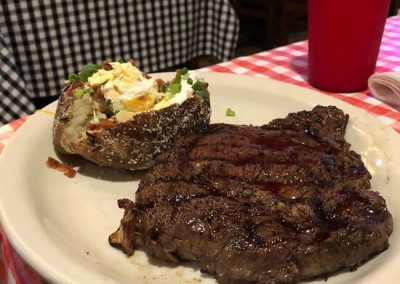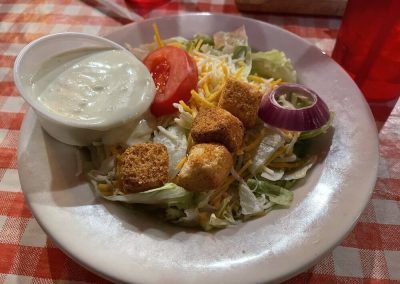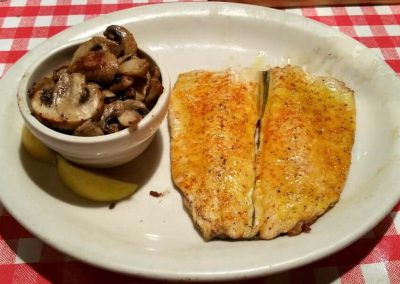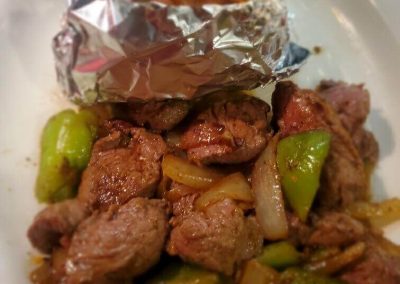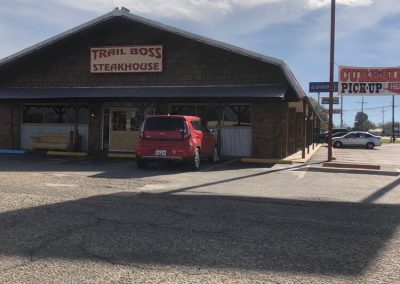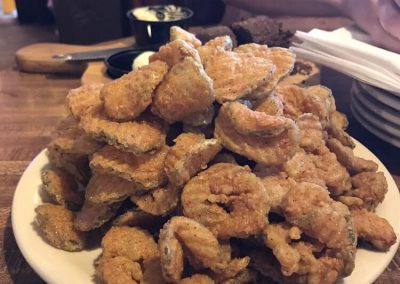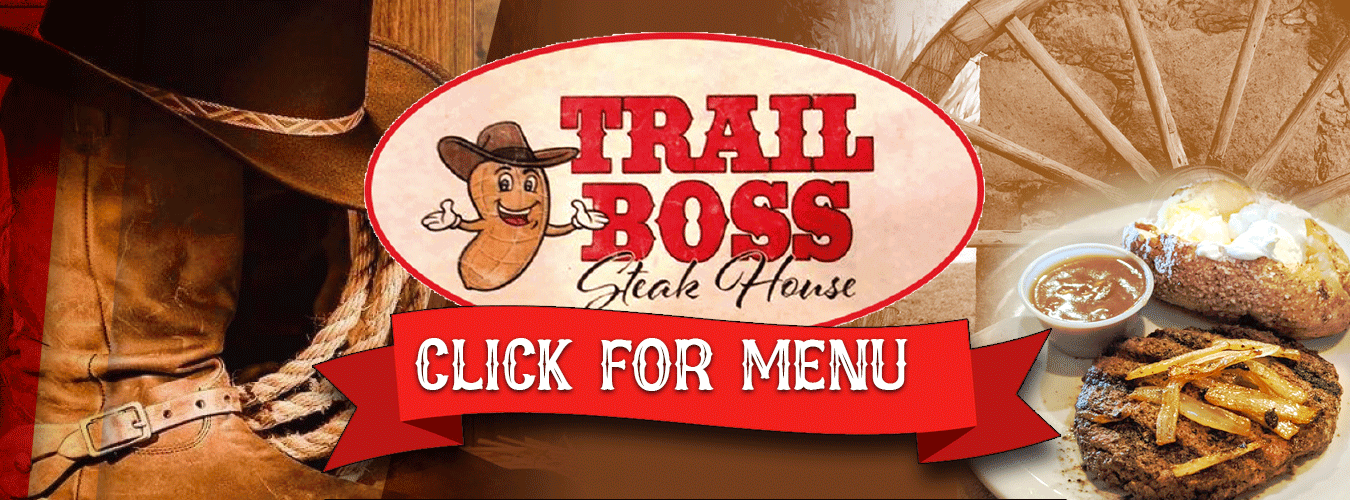Welcome to Natchitoches!
Did you know that even though the City of Natchitoches was established by Louis Juchereau de St. Denis in 1714, it was not incorporated until after Louisiana had become a state in 1819. It is the oldest permanent settlement in the region and was named after the indigenous Natchitoches people.
In the 1820s and early 1830s, Natchitoches served as a freight transfer point for cotton shipped from parts of east Texas. Cotton shippers used a land route crossing the Sabine River to Natchitoches, where the freight was transferred to boats, and floated down the Red River to New Orleans. When the course of the Red River shifted, it bypassed Natchitoches and cut off its lucrative connection with the Mississippi River. A 33-mile (53 km) oxbow lake was left in the river’s previous location. This became known as Cane River Lake.
Natchitoches suffered from the decline in agricultural population through the mid-20th century, and grew at a markedly lower rate after 1960. The mechanization of agriculture had reduced the number of workers needed, and many moved to cities for jobs. By the early 1970s, the town’s businesses were declining, along with many area farms, and buildings were boarded up. However, by the end of the 20th century, the mile-long French colonial area of downtown, which lies along Cane Lake, was designated as a National Historic District. Many buildings were adapted as antique shops, souvenir emporiums, and restaurants.
Hands down, The Trail Boss Steakhouse is one of the best restaurants in Natchitoches! Come on by and have the best steak you will ever have!









